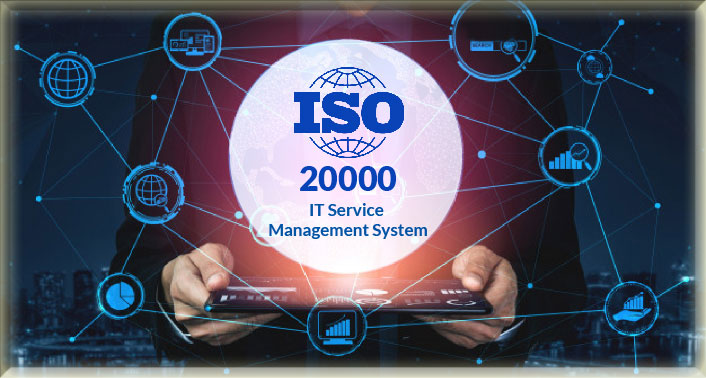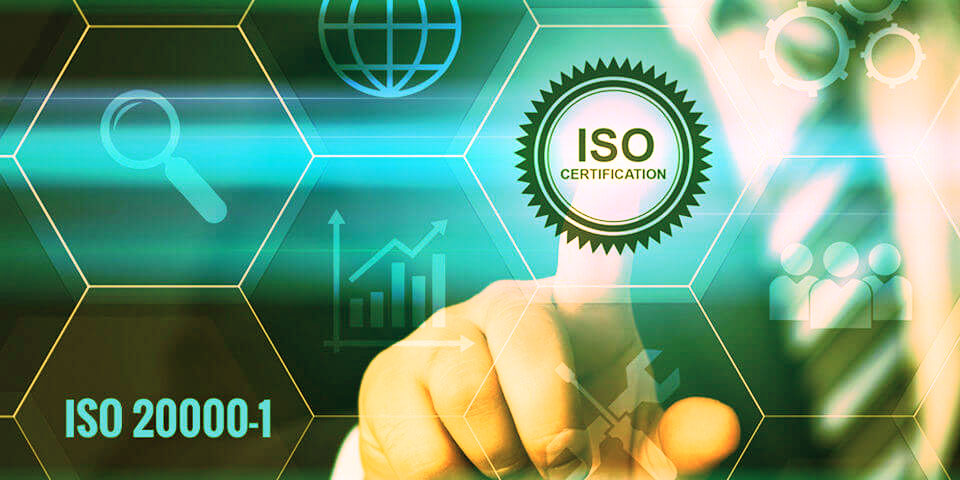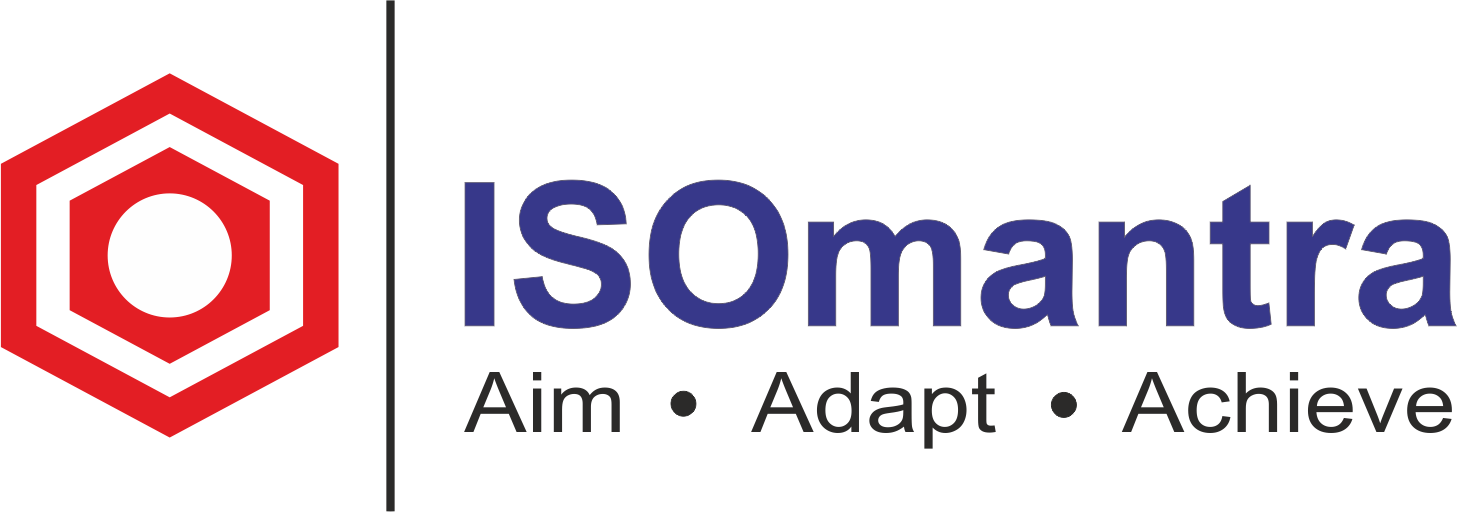The most recent ISO 20000:1:2018 edition modifies Clause 4 by incorporating the word “Context of the Organization.” By being clear about what internal and external concerns are relevant, the organization establishes a solid foundation for attaining the Service Management System’s goals and outcomes (SMS).

What is the significance of this provision in the implementation of an ISO 20000-1:2018-based SMS, and how can you determine the context? This post will teach you.
Beginning with internal concerns
To establish the scope of the ISO 20000 implementation, the company must first decide the boundaries and applicability of the SMS in order to identify the context of the enterprise. The organization should examine both external and internal challenges when deciding the scope. Internal challenges in a firm emerge as a result of various factors, which will be described further below.
Size of the organization. The size of a corporation is important in determining responsibilities for employees. Many roles in a small business can be taken on by a single individual.
Structure of the organization Service management processes must be controlled across the organization’s departments and functions. Before implementing an SMS, the company’s structure, such as hierarchical, matrix, or self-learning team structure, must be considered.
Culture. Individual and departmental ethics and behavior are critical in implementing a Service Management System.
Frameworks and methods You should find out if the company is already accredited to any ISO standards, such as ISO 20000:2011. This will assist in determining the extent to which existing processes, procedures, and documentation must be modified to comply with ISO 20000:2018. You should also be aware of any other frameworks used by the firm, such as ITIL, COBIT, and so on.
Technology. What technologies does the organization employ for its present services, such as IT infrastructure (including cloud, SAAS, PAAS, and so on)?
Types of services What services (IT and non-IT) does the corporation provide for its products, such as local, global, 24/7, 245 follow-the-sun?
Resource availability. The maturity of the employees, processes, and the company all play important roles. A global industrial framework, such as SFIA (Skills Framework for the Information Age), can be used for IT employees.


